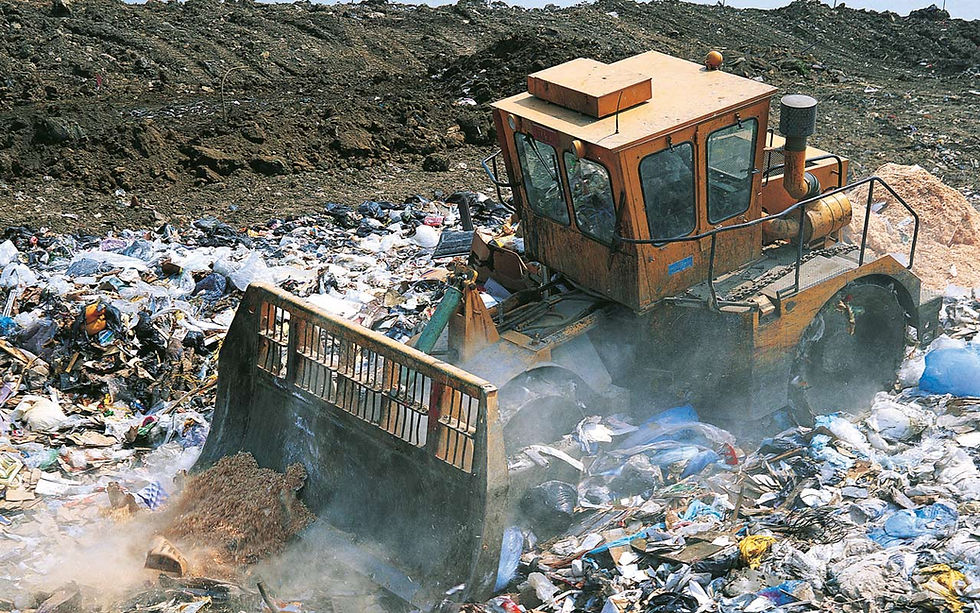The Environmental Impact of Artificial Flowers: Not So Fresh
- taradruzina
- Feb 5
- 1 min read
Artificial flowers may be visually appealing, but they’re the environmentally harmful version of real blooms. Made from petroleum-based materials like plastic and polyester, they are non-biodegradable and will outlive many generations.
Manufacturing Process: Creating these synthetic beauties involves energy-intensive processes and significant carbon emissions due to overseas production.
Waste: Unlike fresh flowers, artificial ones end up in landfills and can leak microplastics.
Toxins: Artificial flowers often contain dyes and chemicals that contribute to toxic waste.
Fresh flowers, while not as long-lasting, are the original eco-warriors. Made from organic, biodegradable materials, they return to the earth naturally.
Carbon Footprint: Locally sourced flowers have a smaller carbon footprint compared to imported flowers.
Water Usage: Real flowers need water but still have a smaller environmental footprint than plastic flowers.
Chemicals: Opt for organic flowers to avoid harmful pesticides and fertilizers.
Eco-Friendly Tips for Flower Lovers
Buy local, buy seasonal to reduce carbon emissions.
Go organic to avoid harmful chemicals.
Preserve your flowers by pressing or drying them.
Grow your own for a sustainable garden.
Avoid plastic flowers to reduce waste.
In conclusion, real flowers are the greener choice, especially when locally sourced and organic. They may not last forever, but they leave a much lighter footprint on the planet. Choose the real deal for a more sustainable future.




Comments